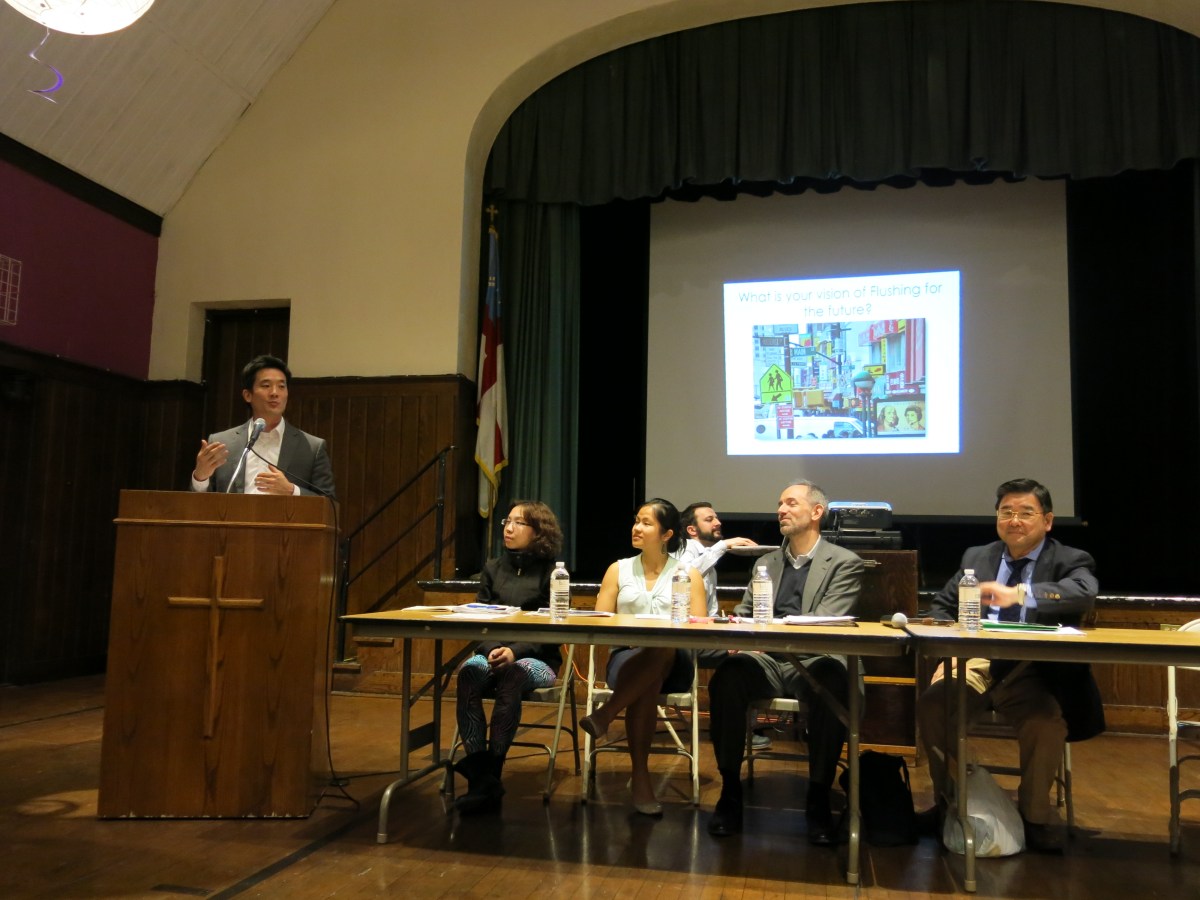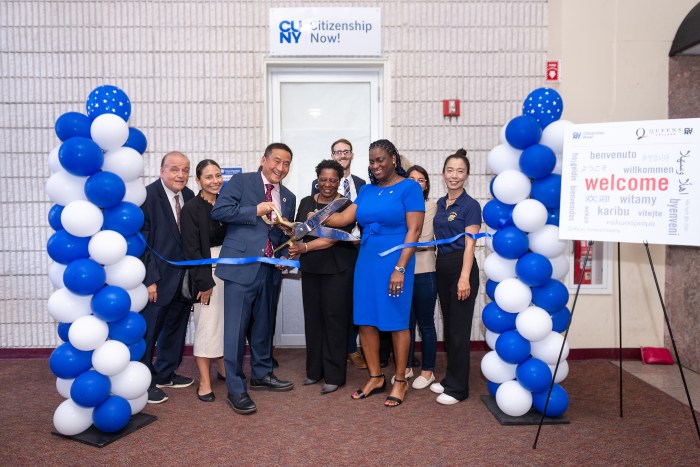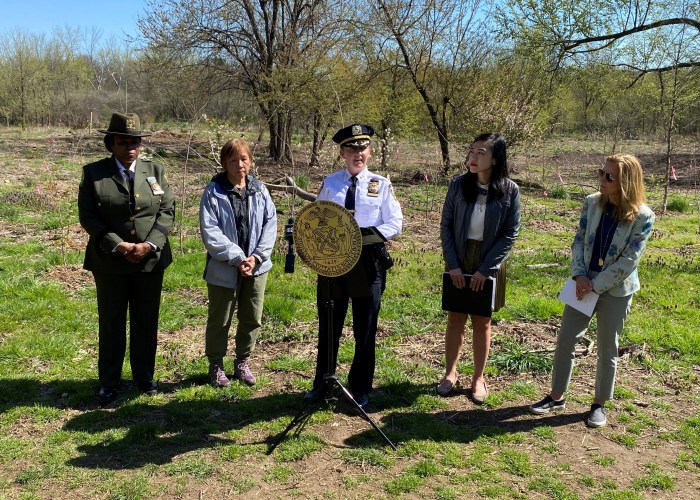Affordable housing units in the proposed Flushing West rezoning plan should be within the reach of local residents, one lawmaker declared during a town hall meeting on the project Thursday.
Councilman Peter Koo told residents at Flushing’s St. George’s Episcopal Church that he would call on the city to lower the area median income (AMI) threshold in Mayor Bill de Blasio’s mandatory inclusionary housing (MIH) plan, which will soon come before the City Council for a vote.
The Flushing West rezoning plan would open a swath of the neighborhood near Flushing River up for new development opportunities under the condition that affordable housing units are included. Koo wants residents whose income is at least 40 percent of the AMI to be qualified for affordable housing, which is 20 percent less than the current AMI threshold.
“Flushing West is an exciting proposal that has the potential to change the face of Flushing as we know it,” Koo said, “but it is important that this plan actually meets the needs of our community.”
The 60 percent AMI threshold, the legislator said, exceeds the average salaries of Flushing residents, pricing them out of the neighborhood. Koo vowed to vote against the MIH plan if the AMI threshold isn’t reduced to 40 percent.
“We need a mix of market rate and truly affordable housing for different income levels, especially for working families and seniors,” he said.
Koo organized the town hall along with the Flushing Rezoning Community Alliance, a group advocating for affordable housing for local residents. During Thursday’s meeting, the alliance presented its vision of expanding affordable housing opportunities in the neighborhood and sought to dispel myths that changing the MIH plan would somehow make housing less affordable and/or disincentivize development.
“Our local residents and elderly are being excluded from access to adequate and dignifying housing, and [an] out-of-control trend toward gentrification has to stop,” said Reverend Wilfredo Benitez of St. George’s Episcopal Church.
But two local lawmakers, at a Friday press conference in Flushing, announced their opposition to the Flushing West plan.
Assemblyman Ron Kim and state Senator Tony Avella cited numerous concerns regarding the potential impact rezoning plans would have on the neighborhood, such as increased traffic and additional congestion on the already overcrowded 7 line. They also claimed the city’s current formula for determining who qualifies for affordable housing is skewed against those who most need it.
“If we ask residents of Flushing to accept even more crowding, they should, at the very least, expect an affordable housing solution; something that I strongly believe this proposal would not achieve,” Avella said.
“One size does not fit all when it comes to zoning, especially congested neighborhoods like Flushing,” Kim added. “It takes a more comprehensive approach involving both local and state agencies putting together a plan that can truly serve a growing community.”
Kim and Avella called for passage of state legislation requiring that municipalities conduct mass transit studies in rezoning areas and that the city address pollution in the Flushing River before proceeding with any new development nearby.

































